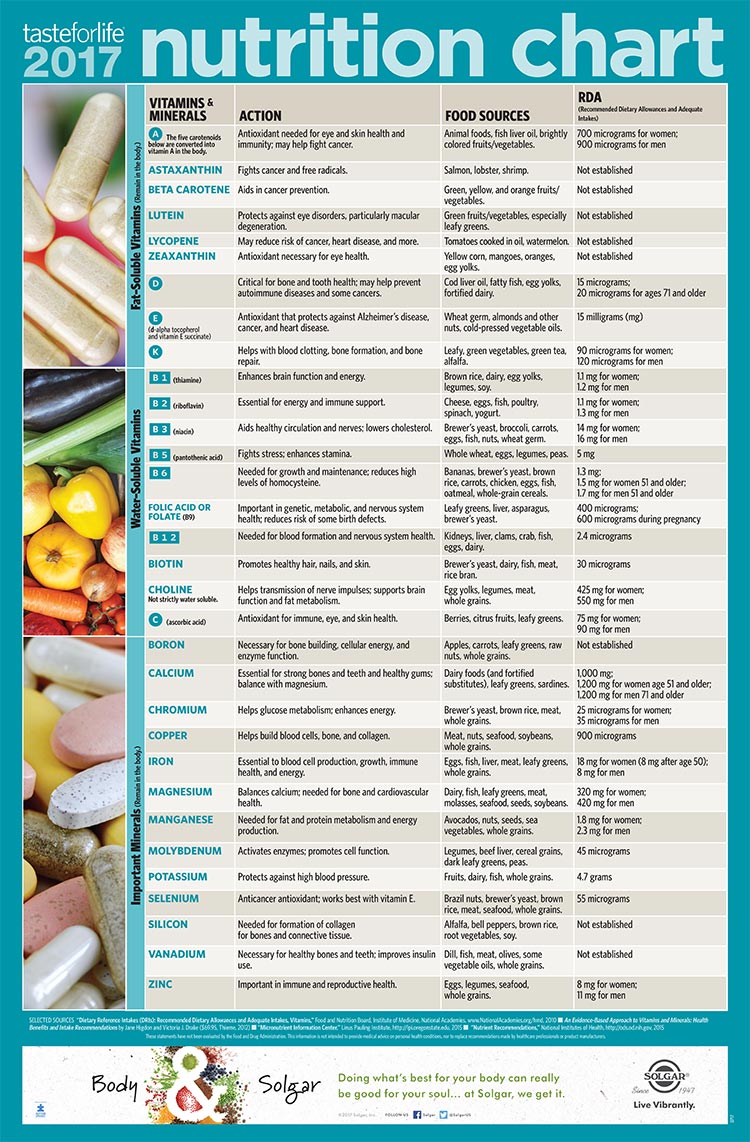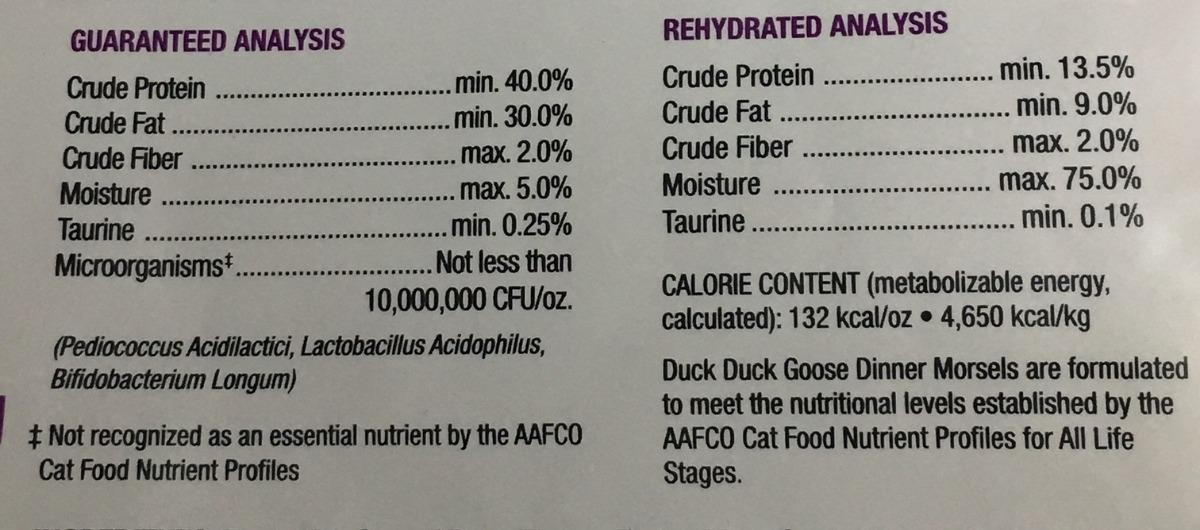39 minerals on food labels
Food Labeling: MedlinePlus With this, you can figure out if a food is high or low in a nutrient: 5% or less is low, 20% or more is high. The information on a food label can help you see how a certain food or drink fits into your overall diet. The label lists, per serving,: The number of calories. Fats, including total fat, saturated fat, and trans fat. Cholesterol. Sodium. Understanding Food Nutrition Labels | American Heart Association Remember that the information shown in the label is based on a diet of 2,000 calories a day. You may need less or more than 2,000 calories depending upon your age, gender, activity level, and whether you're trying to lose, gain or maintain your weight. When the Nutrition Facts label says a food contains "0 g" of trans fat, but includes ...
Food labels - NHS Some front-of-pack nutrition labels use red, amber and green colour coding. Colour-coded nutritional information tells you at a glance if the food has high, medium or low amounts of fat, saturated fat, sugars and salt: red means high amber means medium green means low In short, the more green on the label, the healthier the choice.
Minerals on food labels
Food labeling: MedlinePlus Medical Encyclopedia VITAMINS AND MINERALS Vitamin D, calcium, iron, and potassium are the only micronutrients required to be on the food label. Food companies can voluntarily list other vitamins and minerals in the food. PERCENT DAILY VALUE (% Daily Value) Many nutrients include a percent daily value (%DV). Vitamins and Minerals | Nutrition.gov HHS, Food and Drug Administration, Center for Food Safety and Applied Nutrition How can the Nutrition Facts label help you to choose foods rich in vitamins and minerals? Use this interactive resource to find out! 7 Presentation of Nutrition Information on Food Labels On the food label, the percentage of U.S. RDA is "a statement of the amount per serving (portion) of the protein, vitamins, and minerals." According to FDA regulations, U.S. RDA percentages are expressed in 2 percent increments up to the 10 percent level, 5 percent increments from 11 to 50 percent levels, and 10 percent increments above the 50 ...
Minerals on food labels. New Food Label Spotlight: Vitamins and Minerals In the updated label, that same section will jettison vitamin A and vitamin C (the FDA asserts, "In the early 1990's, American diets lacked Vitamins A and C, but now Vitamins A and C deficiencies in the general population are rare"), replacing them with vitamin D and potassium. Calcium and iron will remain on the label. How to Read Supplement Labels Like a Pro - Healthline Ingredients. When selecting a supplement, reading the ingredient label is key. Check carefully for ingredients like fillers, sweeteners, preservatives, and additives, all of which will be listed ... PDF Interactive Nutrition Facts Label - Vitamins and Minerals Chart wwwaovnutritioneucation Vitamins and Minerals Chart 1 Vitamins. VITAMIN WHAT IT DOES. WHERE IT IS FOUND DAILY; VALUE* Biotin ... • Conversion of food into energy • Digestion • Fluid balance • Nervous system function Olives ... Interactive Nutrition Facts Label - Vitamins and Minerals Chart Interactive Nutrition Facts Label - Food and Drug Administration Use the Nutrition Facts label as a tool for consuming a diet rich in vitamins and minerals. The Nutrition Facts label on food and beverage packages shows the amount in milligrams (mg) or micrograms (mcg) and the % Daily Value (%DV) for vitamin D, calcium, iron, and potassium per serving of the food.
Food Labels (for Teens) - Nemours KidsHealth A food with 5% or less of a nutrient is low in that nutrient. A food with 10%–19% of a nutrient is a good source of that nutrient. A food with 20% or more of a nutrient is high in that nutrient. The information on food labels is based on an average adult diet of 2,000 calories per day. Vitamin, mineral daily requirements and good food sources -- Harvard ... Vitamin, mineral daily requirements and good food sources -- Harvard Health Publications - Harvard Health Staying Healthy RDAs, food sources for selected vitamins and minerals October 1, 2013 Recommended Dietary Allowances (RDAs) for selected nutrients commonly displayed on food labels * mcg = micrograms; **mg = milligrams Understanding Food Labels - Nutrition: Science and Everyday Application The FDA uses the following definitions for interpreting the %DV on food labels:4 5%DV or less means the food is low in a nutrient. 10% to 19%DV means the food is a "good source" of a nutrient. 20%DV or greater means the food is high in a nutrient. Interactive Nutrition Facts Label - Food and Drug Administration Vitamins are organic substances that are naturally present in many plant and animal products. People obtain vitamins from both the plant and animal products they eat. The human body also makes vitamins D and K. There are 14 vitamins that may be listed on the Nutrition Facts label: biotin, choline, folate, niacin, pantothenic acid, riboflavin, thiamin, and vitamins A, B 6, B 12, C, …
Vitamins and minerals - Food and nutrition | NHS inform 30/04/2020 · Vitamins and minerals are essential nutrients that your body needs in small amounts to work properly. Find out how much of the different types of vitamins, minerals and nutrients you should be consuming ... On food labels, there should be a figure for salt per 100g. High is more than 1.5g salt per 100g (or 0.6g sodium) Low is 0.3g salt or less ... Food Labels | CDC In general, eat more foods that are higher in vitamins, minerals (such as calcium and iron), and fiber. Eat fewer foods that are higher in added sugars, saturated fat, and sodium (salt), and avoid trans fat. Keep in mind that the % Daily Value of each nutrient, such as total fat of 10% in the example below, is based on eating 2,000 calories a day. Minerals In Food - Definition, Types, Sources and Examples There are many examples of minerals in food; these include: Calcium Phosphorus Potassium Sodium Iodine Iron Magnesium The body also requires other minerals in trace amounts such as selenium, cobalt and molybdenum. These elements are known to a specific function in the human body. Types of Minerals in Food Understanding Food Labels | The Nutrition Source | Harvard T.H. Chan ... Under the Food Allergen Labeling and Consumer Protection Act of 2004, eight major food allergens—milk, fish, tree nuts, peanuts, shellfish, wheat, eggs, and soybeans—are required to be listed in a "contains" statement near the Ingredients list if present in a food. An example would be "contains wheat, milk, and soy."
Nutrition Labels 101: What's Required? What's Optional? 5. Trans Fat. Trans fat is the worst of the "bad fats," which is why in 2006 the FDA began requiring it to be listed separately on nutrition labels. Trans fat, like saturated fat, increases LDL cholesterol levels (i.e., "bad" cholesterol) but also lowers HDL cholesterol levels (i.e., "good" cholesterol). So it's a bit of a ...
Nutrient Claims on Food Labels | Home & Garden Information Center Sodium content cannot exceed 360 mg per serving for individual foods and 480 mg per serving for meal-type products. If a food is labeled "healthy" or makes a health claim, it cannot contain any nutrient that increases the risk for disease. It must contain no more than 20% of the DV per serving of total fat, saturated fat, cholesterol, or sodium.
Vitamins and Minerals | Nutrition.gov Interactive Food Label: Vitamins and Minerals. HHS, Food and Drug Administration, Center for Food Safety and Applied Nutrition. How can the Nutrition Facts label help you to choose foods rich in vitamins and minerals? Use this interactive resource to find out! Vitamins and Minerals Chart ...
Food Labeling & Nutrition | FDA Food labeling is required for most prepared foods, such as breads, cereals, canned and frozen foods, snacks, desserts, drinks, etc. Nutrition labeling for raw produce (fruits and vegetables) and...
Food Labels: Fat & Cholesterol | Home & Garden Information Center The 2015 Dietary Guidelines for Americans recommends the following intakes of fat and cholesterol every day: total fat—20 to 35% of calories, depending on age and gender (65 grams for the 2,000-calorie intake level used in the Daily Value)*. saturated fat—less than 10% of calories**. trans fat— keep as low as possible.
Where are the vitamins and minerals on a nutrition labels? The Nutrition Facts label may include the following 14 minerals: Calcium, chloride, chromium, copper, iodine, iron, magnesium, manganese, molybdenum, phosphorus, potassium, selenium, sodium, and zinc are some of the minerals found in the human body. On a nutrition label, how are ingredients listed?
Food Labels | Nutrition.gov Food and Drug Administration (FDA) regulates the safety of food for humans and animals, including foods produced from genetically engineered (GE) plants, sometimes referred to as "genetically modified organisms" (GMOs). Find out more about the safety of GE plants, and how they are regulated here.
Minerals (for Kids) - Nemours KidsHealth Well, yes, but small amounts of some minerals are also in foods — for instance, meat is a good source of iron. Like vitamins, minerals help your body grow and stay healthy. The body uses minerals to to many things — from building strong bones to sending nerve impulses. Some minerals are even used to make hormones or maintain a normal heartbeat.





Post a Comment for "39 minerals on food labels"